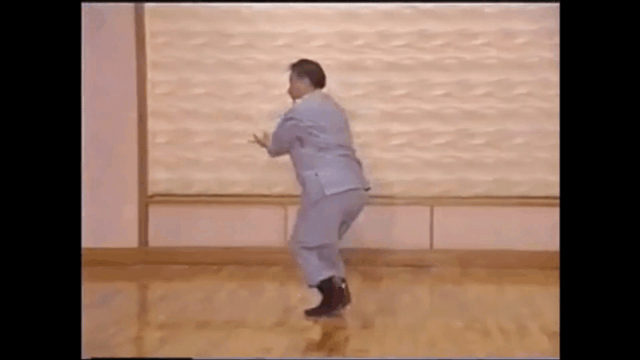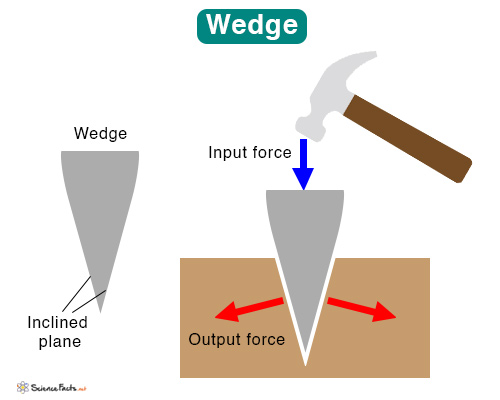Gyakuto
Senior Master
It’s just an exercise. If you can produce a pretty effective punch from a static position then adding linear body movements will simply add to it’s effectiveness.I think one reasons for such punching is that the easiest time to sweep or kick someones legs is while they are moving, or even worse jumping. I always feel that moving my feet is also a time where by balance is at risk. Punching while you are moving or one feet in the air works, but feel less stable.
I had an interesting discussion about this with a Goju Ryu exponent. He began his punch while his progressing foot was still ‘airborne’ stating that this was the point of maximum forward speed which added to the force of the punch. I suggested that in Wado Ryu the progressing foot was planted slightly before the punch was launched still adding some body kinetic energy to the punch; I’d rather punch from solid ground than while floating in the air.If I want to launch a strong punch where I put my body weight behind I shift the body weight forward into the punch, but I would prefer to not move my feet as it gives me worse balance. I prefer to have both my feet rooted while punching, especially body shots, because there you have massive resistance. To punch someone in the jaw I presume does not need the same rooting as the resistance will not bring you off balance.
Having said all this, I think we tend to over-egg punch force required to do damage. A blade doesn’t need to be powerfully thrust with full body behind it to penetrate a body, it can be simply pressed into the enemy.




